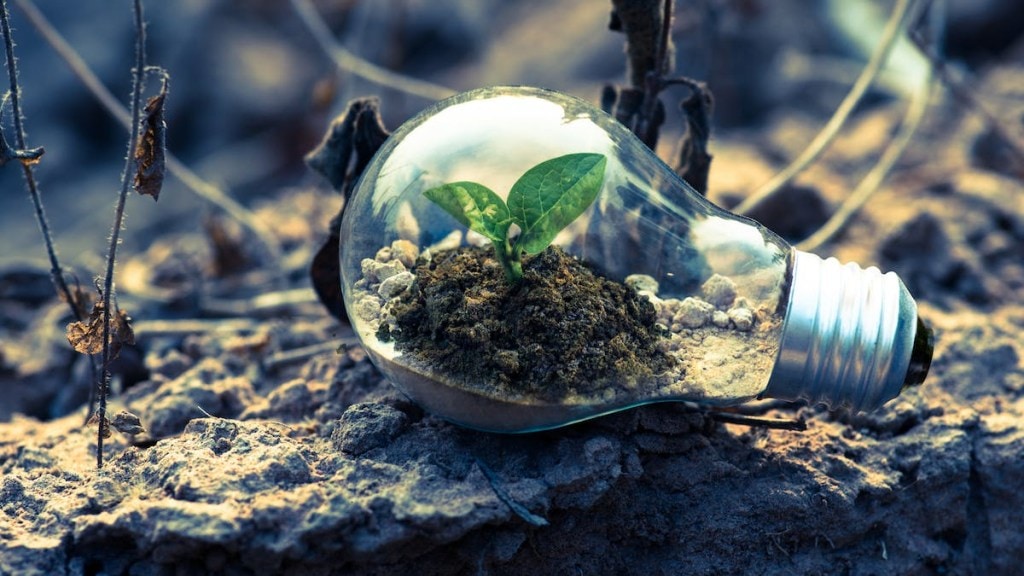French engineering and technology company Technip Energies, which focuses on energy transition, recently tied up with IIT Madras for energy research, including on decarbonisation and other areas. Chief executive officer Arnaud Pieton talks to Raghavendra Kamath about the company’s plans and energy transition issues in the country. Edited excerpts:
What kind of business opportunities do you see in the energy transition in India?
We have now in India for over 50 years and have more Indians in the company than the French. Our India arm is not only serving the domestic market but also the international market. In this sense, India has become our key partner.
Technip Energies in India is involved in most of our international projects. For example, this year, we secured an important LNG project in Qatar and the Indian arm is part of it.
Countries are competing against each other for green hydrogen and related areas. What kind of challenges do you see in the segment, especially for countries like India?
The challenge around green energy for India or anywhere else in the world is the cost. The cost of green hydrogen is about 50%, depending on the cost of the green electron. The other 50% is the cost of the infrastructure itself, the plant that we need to build to go from electrons to hydrogen.
The government and companies talk about adding renewable energy in a big way. However because of the sharp rise in power demand, coal-based thermal energy remains the mainstay of India’s power generation and distribution, and its contribution is set to grow in the coming years. How do you look at this?
At the moment, I think, we are more into energy addition. There is more coal than ever, so there’s not less gas but more gas. Oil is plateauing a little bit, but not truly decreasing just yet, maybe there will be a tipping point in 2025. And on top of that, we have added nuclear, which has a role to play. We have also added solar and wind. There is a transition in the sense that the renewable energy part of the mix is growing, but the rest is not decreasing much. So, it is more of an addition
then a transition.
How do you look at it in the Indian context?
India has a unique chance to build new decarbonised facilities. Hence, there’s massive growth in renewable energy. At the same time, you still need coal-based thermal energy. There’s scope for decarbonising coal. If the companies in India can crack the storage equation of zero-carbon power,
I think India will be one of the first players to be producing green hydrogen and green ammonia at a large scale.
So, storage is the key issue?
Absolutely. Storage of renewable energy is the key issue. Because if you have got the right storage, you can operate your electrolysers and green hydrogen without any obstacles. And once you have the storage sorted out, you can produce your green molecule constantly. I am convinced that in the decade to come, India will become an exporter of green molecules.
Are any challenges on the way?
One of the big challenges around energy transition in India and in the rest of the world is the grid infrastructure, which has to be developed to take in all the renewable power that is being developed.
